On May 31, 2025, the world witnessed a historic moment as Suchata Chuangsri of Thailand was crowned Miss World, marking Thailand’s first-ever victory in the pageant’s 72-year history. This landmark occasion serves as a perfect opportunity to reflect on the fascinating evolution of the Miss World competition and how its beauty standards have transformed over the decades. What started as a modest bikini contest amid controversy has blossomed into a global celebration of intelligence, personality, and social impact—mirroring the changing ideals of femininity and cultural values throughout the 20th and 21st centuries.

The 1950s: Bikini Controversy, Early Winners, and the Rise of Global Popularity

The Miss World pageant began in 1951 during the Festival of Britain with what was initially called the Festival Bikini Contest. Swedish beauty Kiki Håkansson won the inaugural title, famously crowned while wearing a bikini—a moment that stirred uproar, as bikinis were then widely considered scandalous and inappropriate. This controversy only amplified public interest, prompting the founder, Eric Morley, to establish the contest as an annual event with evolving rules that soon required participants to wear one-piece swimsuits or evening gowns during ceremonies.
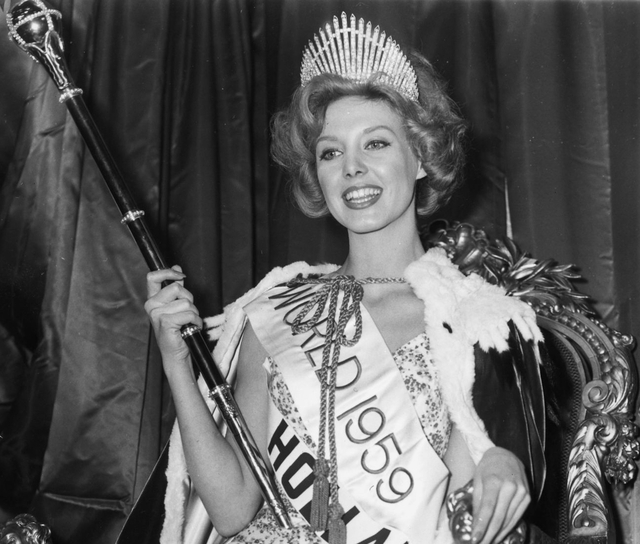
Throughout the 1950s, the competition grew in popularity. Contestants like Denise Perrier of France (1953) and Marita Lindahl of Finland (1957) became household names, helping to cement the pageant’s international appeal. The broadcast of the 1959 pageant by a major British television channel brought Miss World to millions of homes, creating iconic moments like when Corine Rottschäfer of the Netherlands won despite a last-minute wardrobe crisis, aided by the generosity of a fellow contestant.
1960s: Expansion, Changing Contest Rules, and Inclusivity
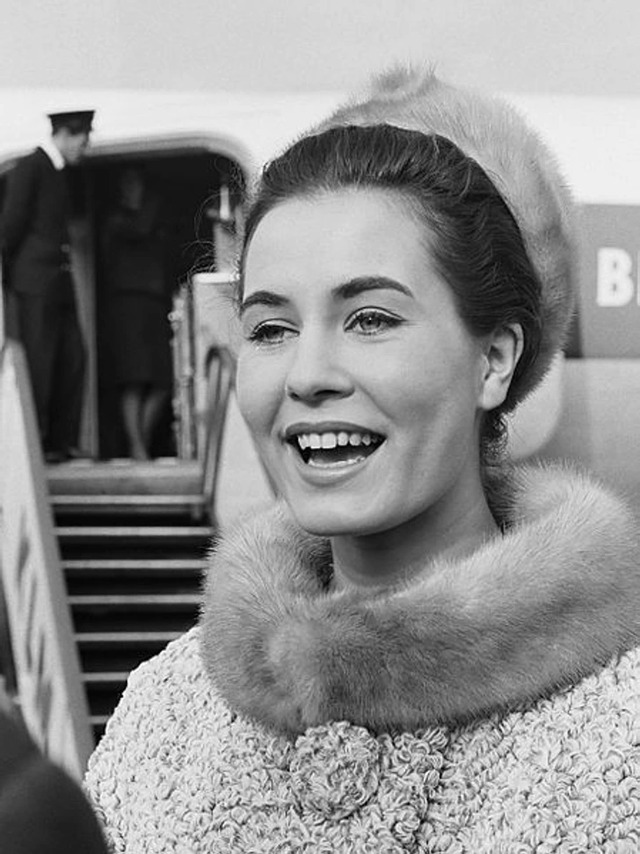
The 1960s marked a period of rapid expansion and increased prestige for Miss World. With a larger cash prize and the contest becoming one of the most-watched TV shows worldwide, it attracted broader attention. Age limits were adjusted, lowering the upper eligibility age to 25, while rules around contestants’ marital status fluctuated—initially allowing married women to compete in 1968 before reverting to single women only in the 1970s.
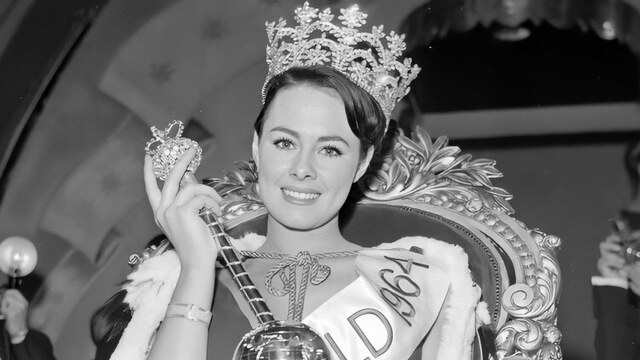
Notable winners like Katharina Lodders of the Netherlands (1962) and Ann Sidney of Great Britain (1964) rose to fame during this era. Morley also introduced new regulations, such as forbidding mothers from accompanying contestants to reduce distractions and controversies, illustrating the growing complexity of managing a global pageant.
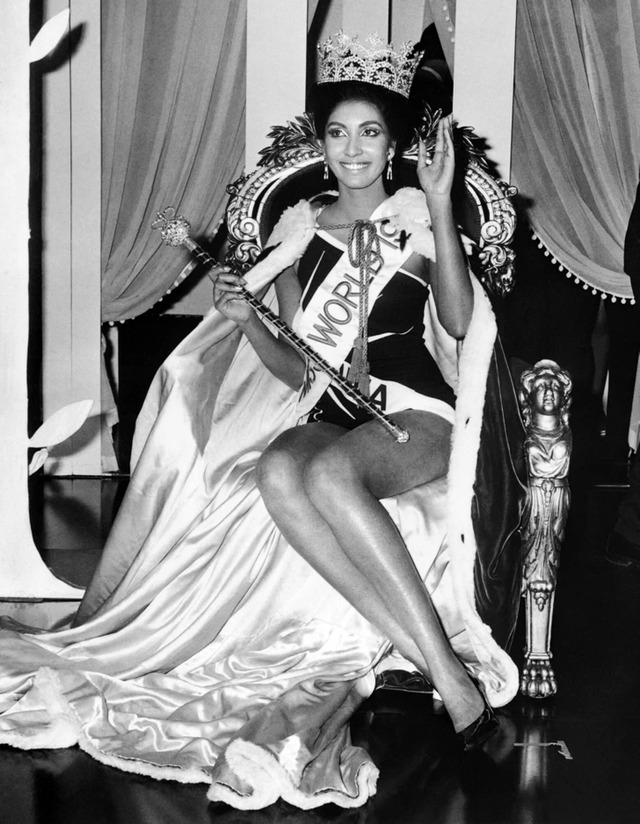
Video
Relive the emotional final walks of Miss World 2015, 2016, 2017, 2018, and 2022—this heartfelt video captures the grace, pride, and legacy of these unforgettable queens.
1970s: Feminist Protests and the ‘Beauty With a Purpose’ Movement

The 1970s were transformative for Miss World, punctuated by social and political upheaval. In 1970, feminist activists famously disrupted the pageant by blowing whistles and chanting slogans, condemning the event as an objectification of women. This protest was so impactful that it inspired the 2020 film Misbehaviour. That same year, Jennifer Hosten of Grenada made history as the first Black woman to win the title, a milestone that signaled greater diversity and challenged prevailing beauty norms.
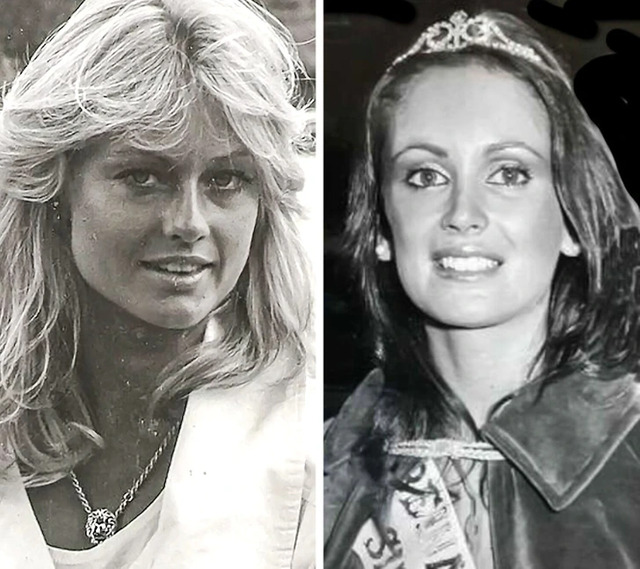
In response to the criticism, Eric Morley and his wife introduced the “Beauty With a Purpose” slogan in 1972, shifting the pageant’s focus toward charity and social impact. Contestants began presenting charitable projects, blending beauty with meaningful purpose and addressing calls for the competition to reflect deeper values beyond physical appearance.
1980s: ‘Beauty With a Purpose,’ Judging Diversity, and Age Policy Adjustments

The 1980s deepened the “Beauty With a Purpose” ethos by incorporating intelligence, personality, and social awareness into the judging criteria. Personal qualities became as vital as looks, elevating the contest’s seriousness.
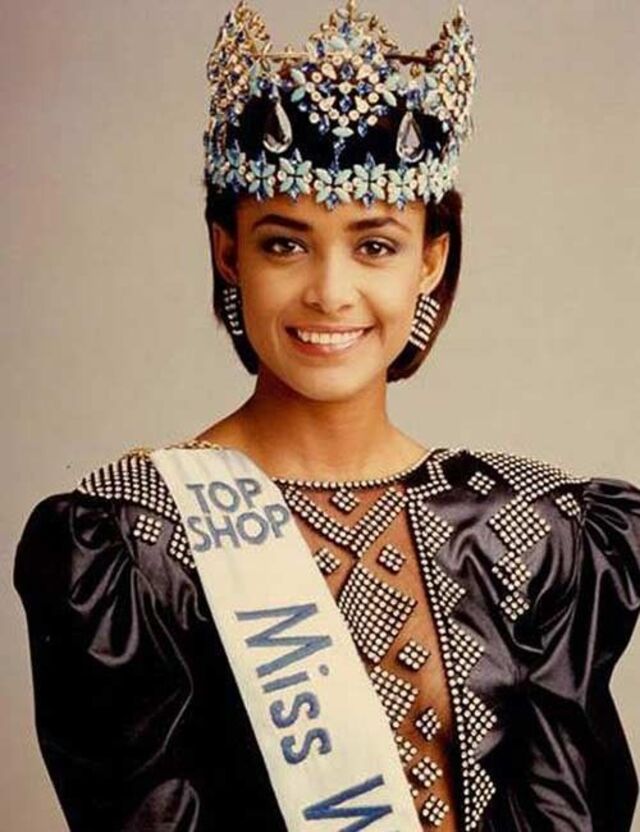
The era also saw a push for more inclusive judging panels: after criticism that Western judges dominated, preliminaries were held in Macau to give Eastern judges a voice, leading to Giselle Laronde of Trinidad and Tobago’s groundbreaking win in 1986—the country’s first Miss World title.
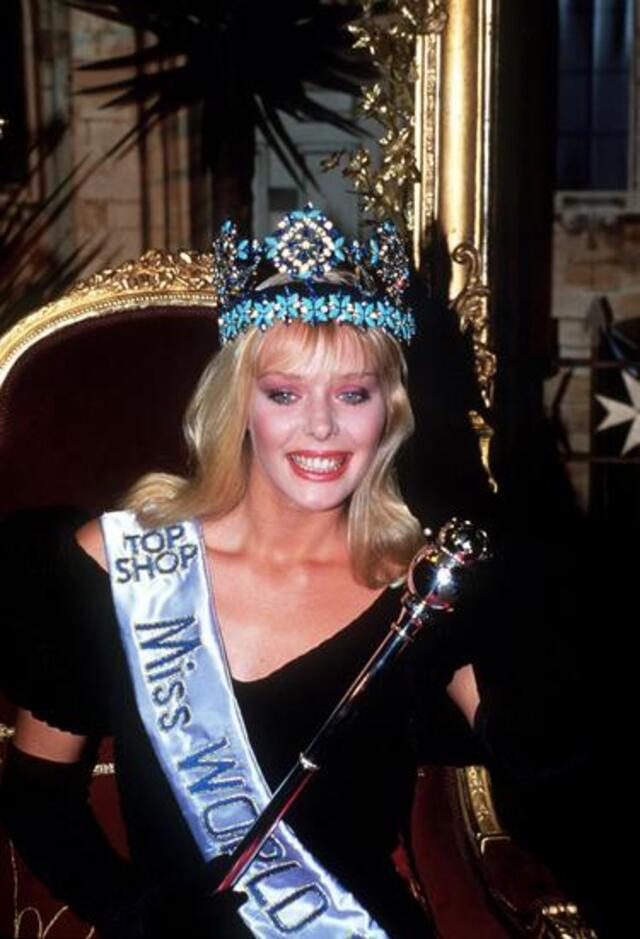
Age policies evolved as well. In 1987, a rare exception allowed 26-year-old Ulla Weigerstorfer of Austria to compete, leading to a subsequent revision of the age limit from 25 to 27. These changes reflected the pageant’s attempt to balance tradition with evolving cultural and competitive realities.
1990s: Decline in Popularity and Revival Efforts
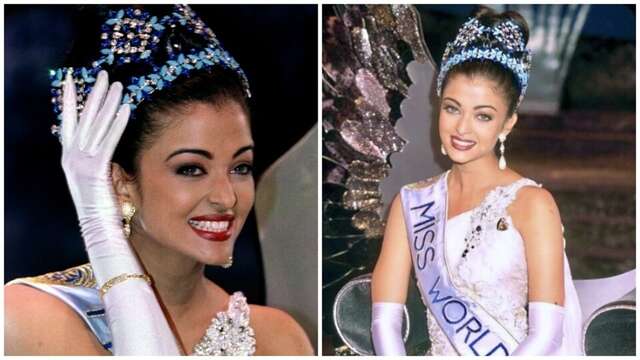
The 1990s brought challenges for Miss World as its popularity waned, and major TV networks dropped broadcasting the event. Despite these setbacks, the organization sought innovative ways to keep the pageant relevant. Cost-cutting measures enabled the event to continue, while diversifying the jury by including actors, athletes, editors, and models helped increase audience interest.
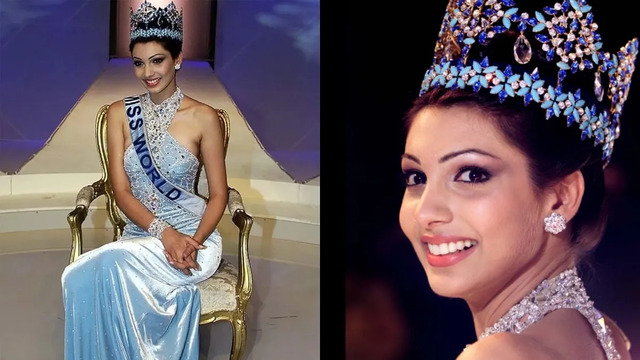
Winners like Aishwarya Rai and Yukta Mookhey from India emerged during this decade, helping to maintain the pageant’s prestige and global appeal despite the broader crisis in televised beauty contests.
2000s: Julia Morley’s Leadership, Modernization, and Record-Breaking Participation
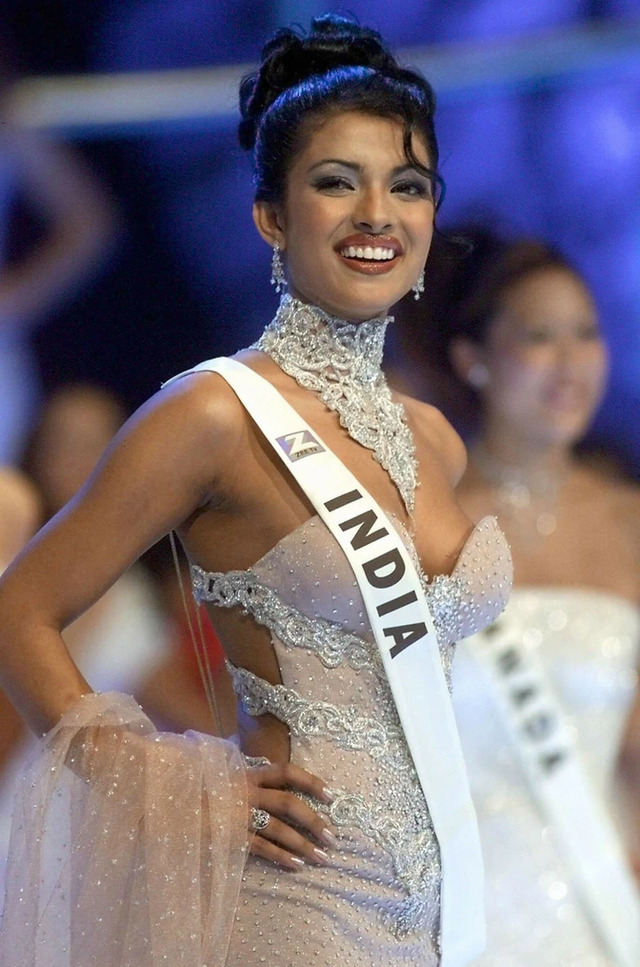
After the death of Eric Morley in 2000, his wife Julia Morley took the helm and promised to revamp Miss World, calling it “stupid and horrible” in parts and vowing to make it more positive and respectful to women. Julia condemned the swimsuit interviews as uncomfortable and shifted the pageant’s tone toward celebrating women’s ambitions and personalities.

Her leadership culminated in 2004 when a record-breaking 107 contestants from around the globe participated, marking the largest turnout in the pageant’s history. This era laid the foundation for a more inclusive and modern Miss World, focusing on empowerment rather than mere aesthetics.
2010s: No More Swimsuit Competition and New Directions
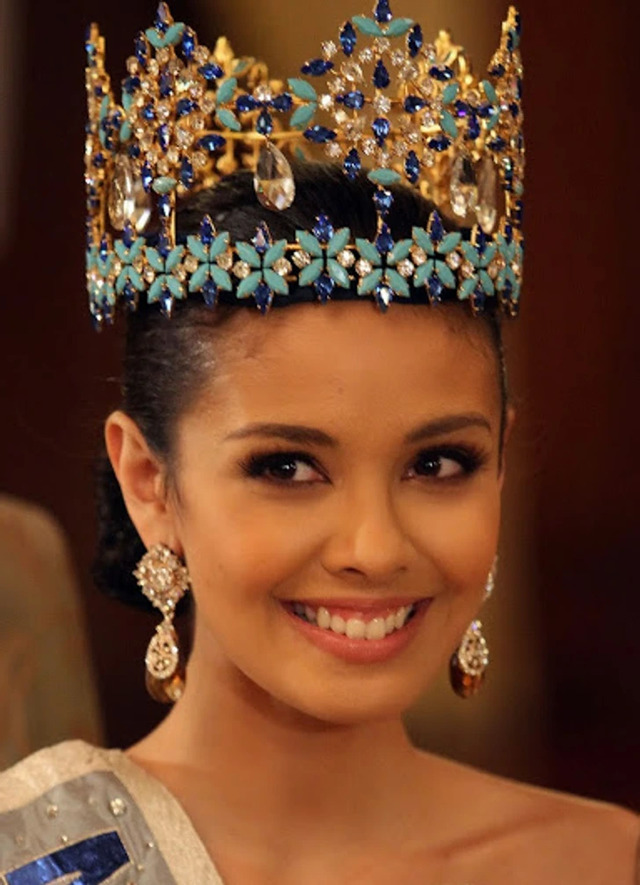
The 2010s marked a pivotal change when, in 2015, Julia Morley officially removed the swimsuit competition from Miss World, a bold step that emphasized intellect and personality over physical appearance. The pageant also ventured into Southeast Asia for the first time, with Megan Young from the Philippines winning in 2013, a historic first for the country.
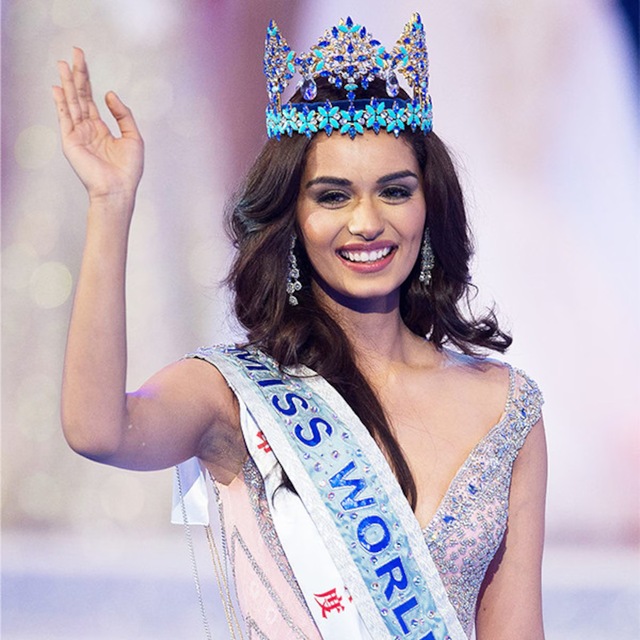
This decade embraced a more progressive, less objectifying vision of beauty, focusing on the whole woman—their voices, values, and contributions—setting a new standard for global beauty contests.
2020s: Current Trends, Recent Winners, and Future Possibilities
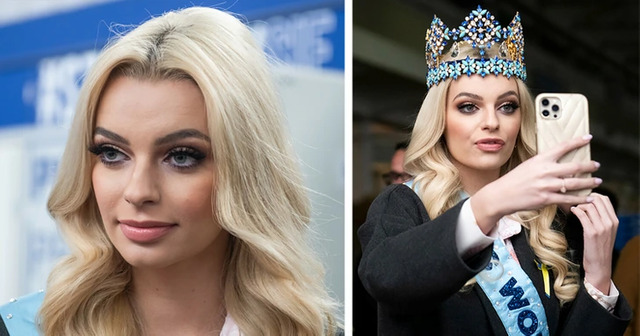
The early 2020s have been quieter for Miss World, with participation numbers dropping to their lowest since 2003. However, the pageant continues to crown remarkable winners like Karolina Bielawska of Poland (2021), Krystyna Pyszková of the Czech Republic (2024), and Suchata Chuangsri of Thailand (2025), each representing a diverse and evolving ideal of beauty.
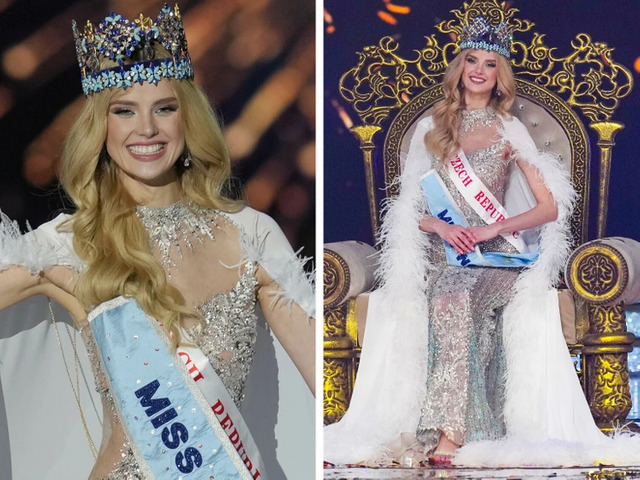
Looking ahead, there is speculation that Miss World may follow Miss Universe’s lead in eliminating rigid selection criteria like age limits and physical requirements altogether, placing personality and purpose at the forefront. This shift would mark a new era where the pageant truly celebrates inner beauty and global inclusivity.
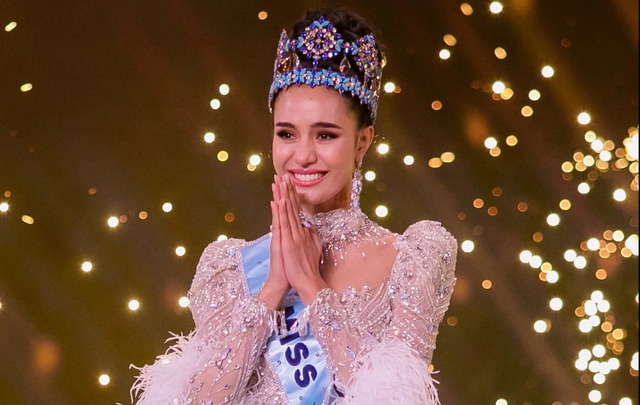
Witness the unforgettable moment Miss World 2025 is crowned—this emotional and dazzling video captures the excitement, elegance, and pure joy of a life-changing victory!
Conclusion: Miss World’s Journey Reflects Society’s Changing Definition of Beauty
From its controversial bikini origins to today’s emphasis on charity, intelligence, and cultural representation, the Miss World pageant has mirrored society’s evolving relationship with beauty. What began as a contest focused largely on physical appearance has transformed into a platform highlighting women’s achievements, aspirations, and social impact.
As we celebrate Suchata Chuangsri’s historic victory, we also recognize that the definition of beauty is no longer confined to looks alone. Miss World’s journey teaches us that true beauty embraces diversity, empowerment, and purpose—values that resonate far beyond the pageant stage.

